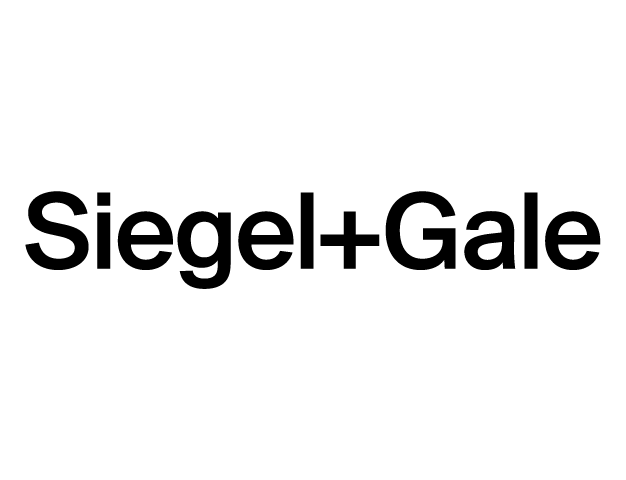

As we approach CHARGE Europe (17-18 October), we’ve been asking our top speakers and partners to reveal their approach to branding in energy. In this article, we speak to Ben Osborne, Head of Insights and Analytics, EMEA at Siegel+Gale.
The interviewers are, Friðrik Larsen, Founder and Owner of CHARGE and Sonja Sigríður Jónsdóttir, Conference Producer at CHARGE.
Please tell us about your latest insight report and the driver for it?
We’re really excited about this one. Our latest insights are focused on Generation Z across UK, USA, Germany and Scandinavia. We wanted to better understand the next generation of consumers, how their perceptions have shifted in light of the Covid-19 pandemic, war in Europe and what is important to them right now.
As one of the most important emerging audiences for brands, both as consumers and employees, it is imperative to understand how the relationship between 20-25 year olds and the energy industry is evolving
What will the Charge audience learn from your session?
Given the difficulty of the current climate, the need for brands to understand their audience is more important than ever before. Especially when this audience is the next generation of great minds, talent and innovation. We will provide a clear cut analysis exploring who they are, what they stand for, and their perceptions of energy industries from their position as both consumers and prospective talent.
Using hard cut statistics we will show where Gen Z consider energy and energy brands to sit on the scale of importance, in relation to other industries, real-world issues and relative ‘hot-topics’.
What do you think are the main challenges for energy companies regarding branding and communication?
Right now couldn’t be a more challenging time for energy companies. A growing distrust among customers in light of rising energy prices and bills; perceptions of company profitability over end users; all piled on a relatively ingrained perception of energy companies as the main perpetrators of greenwashing. These are just some of the most prominent current challenges.
This ultimately means there is a tremendous amount of work energy companies need to do to rebuild trust and communicate with authenticity that is built on visible and tangible commitments and impacts, and real customer-centricity.
What do you think are the biggest opportunities today for energy companies as it relates to brand and marketing?
The energy ecosystem is evolving and experiencing growing calls for a more rapid transition from many stakeholders, be it governments, investors or end customers. Ultimately this means energy companies have rarely, if ever, been in a stronger position to close the gap with their customers, championing their needs by delivering clear, tangible and positive climate action.
Closing the gap needs to come down to brand purpose, better scrutinising who you are and what you can deliver for your customers, creating greater engagement with communities through activation and communications.
How do you see your clients building the business case for brand investment?
We see that strong brands drive business performance. A strong brand brings internal benefits including clarity of purpose, acting as a filter for decision-making and providing critical guidance as an organisation grows and expands. A strong brand also delivers clear, tangible external benefits such as recognition, differentiation versus competitors, clarity of value with stakeholders and building loyalty with existing customers.
Having clear metrics on the impact brand investment can deliver for businesses is one key area that brand leaders and marketers need to have to build that case.
Be it increased efficiencies and cost savings due to streamlining of brand and marketing communications, increased sales due to clarity of story and differentiation, increased employee retention and loyalty which can drive innovation, cultural and operational success, or increased reputation through clear, purpose-led brand development and activation.
On the flip side, the loss of competitive advantage, of relevance, of visibility when your competitors are instead making those investments, is one guarantee when brand investment is lacking.

